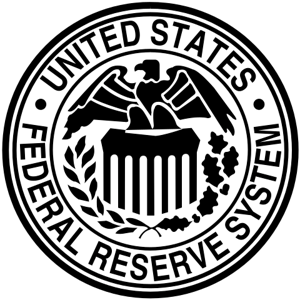Deposits at U.S. commercial banks have fallen to lowest figure in nearly two years, according to the Federal Reserve. This figure has fallen by $500 billion since the Silicon Valley Bank collapse. However, total banking credit has risen to a new record high of $17 trillion, according to the U.S. central bank. Fewer deposits, but more credit. What could go wrong?

The inevitable credit crunch is only postponed by a consensus view that the Fed will inject all the liquidity required and that rate cuts will come soon. It is an extremely dangerous bet. Bankers are deciding to take more risk expecting the Fed to return to a loose monetary policy soon and expecting higher net income margins due to rising rates despite the elevated risk of increasing non-performing loans.
Continue reading European banks may be riskier than U.S. ones and regulation will not solve it.

